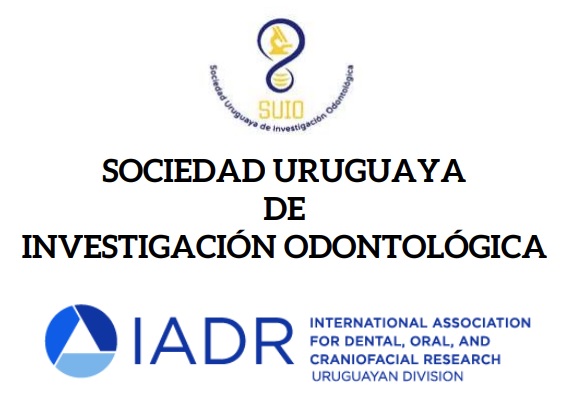Abstract
Objective: To evaluate the effect of different light-curing times on adhesive strength, microleakage, and degree of conversion of universal adhesive systems.
Methods: Two universal adhesives will be analyzed (Single Bond Universal – 3M ESPE and All Bond Universal – BISCO), applied using the self-etch strategy on dentin. Light curing will be performed with an LED lamp (VALO Grand Cordless – Ultradent) for either 10 or 40 seconds, resulting in four experimental groups.
Adhesive strength to dentin will be assessed using ten third molars subjected to immediate and 6-month aged microshear bond strength testing with a universal testing machine (MTS SANS).
For microleakage analysis, ten additional third molars with class II composite restorations (Z250 XT, 3M ESPE) will be stained with alcoholic fuchsin and sectioned for evaluation. The monomeric degree of conversion will be assessed by Fourier-transform infrared spectroscopy (FTIR) using an attenuated total reflectance (ATR) unit, measuring changes in the wavelengths corresponding to aliphatic bonds before and after curing.
Expected Results: An increase in light-curing time is expected to correlate with a higher degree of monomer conversion and greater adhesive strength of the tested systems. In contrast, no significant differences in microleakage levels are anticipated among the experimental groups.
References
XX Reunión Anual SUIO - 15 y 16 de agosto 2025.

This work is licensed under a Creative Commons Attribution-NonCommercial 4.0 International License.
Copyright (c) 2025 Valentina Malgor, Matias Mederos , Guillermo Grazioli


